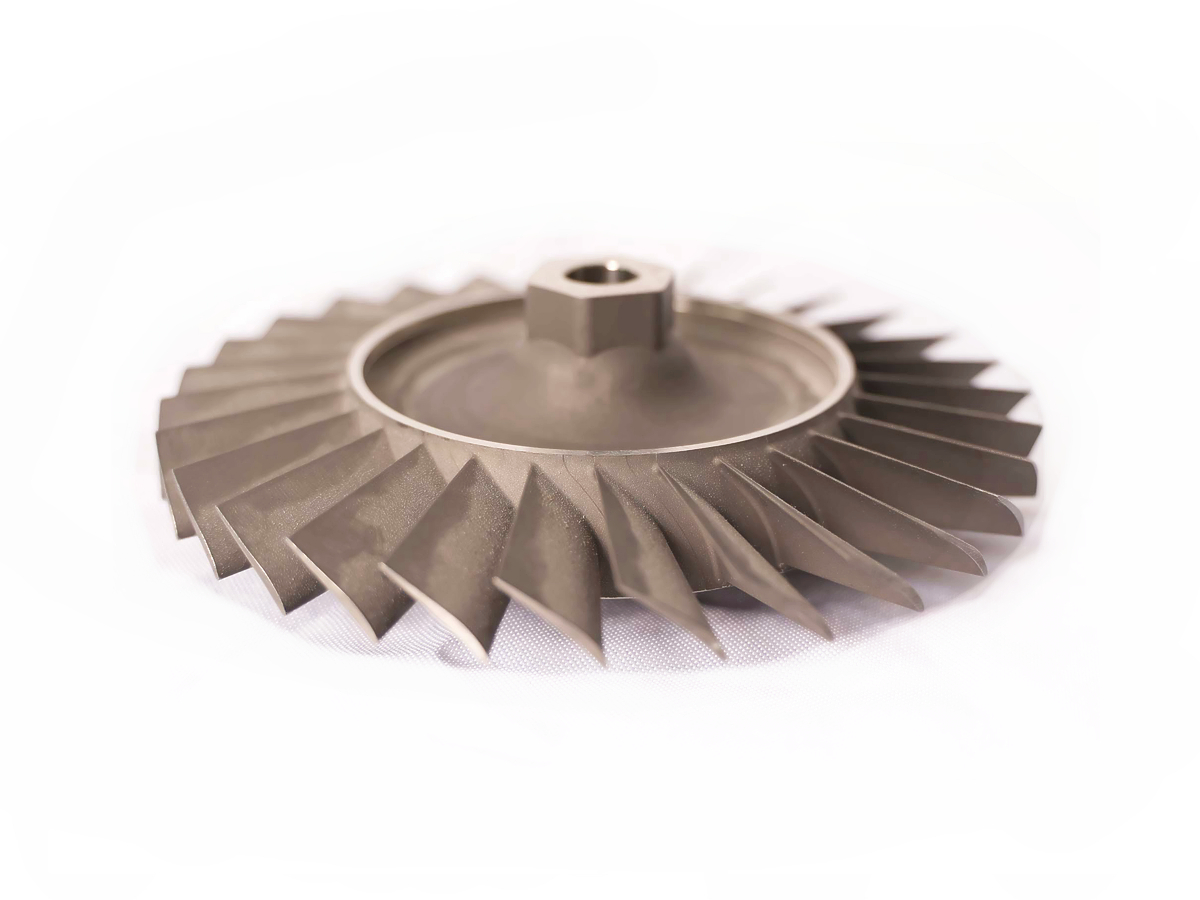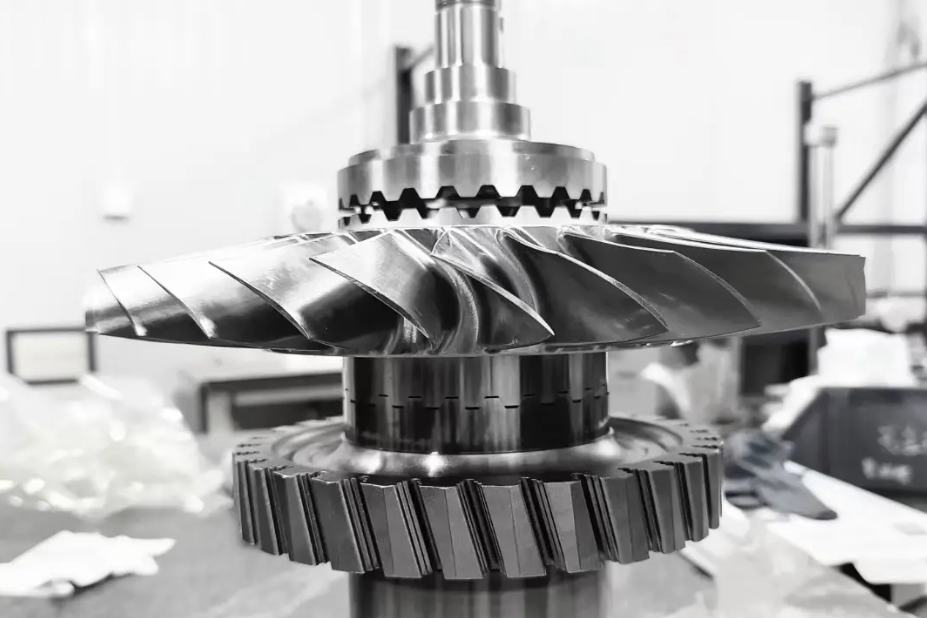What pressure level is generally required for high-pressure coolant systems?
From an engineering and practical machining standpoint, the pressure requirements for high-pressure coolant (HPC) systems are not a single value but are stratified based on the material being machined and the specific operational challenges being addressed. While conventional flood coolant operates at a minimal pressure, typically below 10 bar (150 psi), true HPC systems are defined by their ability to significantly surpass this, with effective pressure levels generally falling into distinct tiers.
Pressure Tier Breakdown and Their Applications
The most common and broadly beneficial HPC range is 70 to 140 bar (1,000 to 2,000 psi). This pressure level is highly effective for machining a wide array of difficult-to-machine materials. In titanium CNC machining and superalloy CNC machining of materials like Inconel, this pressure range is powerful enough to penetrate the steam jacket that forms at the tool-workpiece interface, thereby delivering coolant directly to the cutting edge. This dramatically reduces the tool temperature, suppresses work hardening, and breaks chips into manageable "C" shapes, which are essential for preventing re-cutting and protecting the workpiece surface. This pressure is often the standard for advanced CNC milling and CNC turning centers focused on aerospace and medical components.
For the most extreme machining challenges, particularly in deep-hole CNC drilling service or operations with very high length-to-diameter ratios, systems can operate in the 200 to 350 bar (3,000 to 5,000 psi) range. At these extremely high pressures, the coolant stream serves not only as a coolant but also as a mechanical tool for chip evacuation. The force is sufficient to physically blast chips out of deep cavities and gun-drilling flutes, preventing chip packing which is a primary cause of tool breakage in these critical operations. Utilizing such systems is a hallmark of a sophisticated one stop service provider capable of handling complex, high-value parts.
Key Engineering Considerations Beyond Pressure
It is critical to understand that pressure alone is not the sole determinant of system effectiveness. Flow rate must be matched to the pressure. A system with high pressure but low flow lacks the volume to carry away the heat and chips effectively. A robust HPC system for general workshop use typically requires a flow rate of 40-75 liters per minute (10-20 GPM) to be effective at its designated pressure.
Furthermore, the nozzle design and placement are paramount. The coolant must be delivered precisely to the interface between the cutting insert and the workpiece. Often, this requires through-tool coolant delivery, where the coolant is channeled directly through the tool holder and out of ports on the cutting tool itself. This ensures the stream reaches the critical zone, especially in internal machining operations. The benefits of effective cooling and chip control can also reduce the need for aggressive secondary operations, such as CNC part tumbling and deburring, by producing cleaner cuts with fewer burrs.
Practical Implications for Machining Performance
The implementation of an appropriately specified HPC system directly translates to tangible production benefits. By effectively managing heat and chips, machinists can often increase cutting speeds and feed rates by 20-50% in tough materials while simultaneously extending tool life by 100% or more. This is a critical factor in improving the economics of mass production service for high-performance components. The improved process reliability also ensures consistent part quality, which is essential for all stages of manufacturing, from initial prototyping service to final production.



